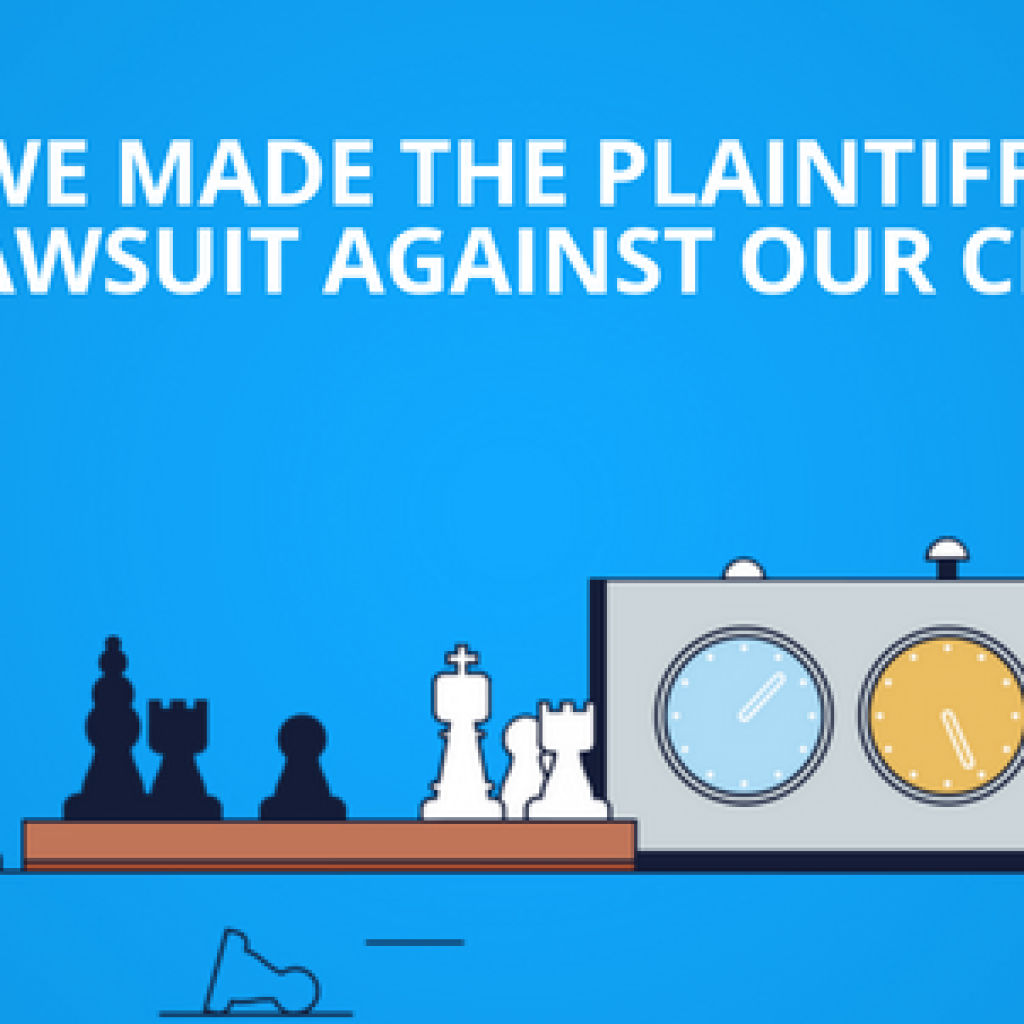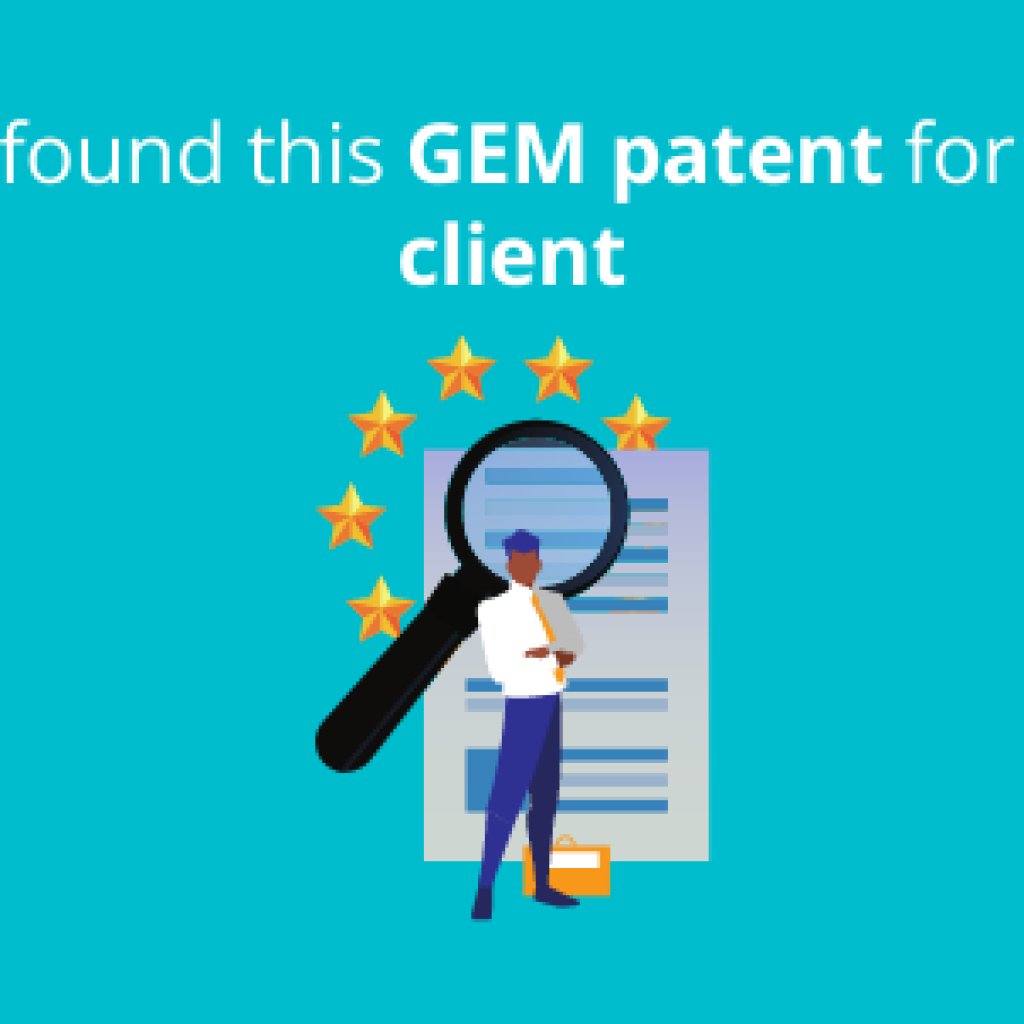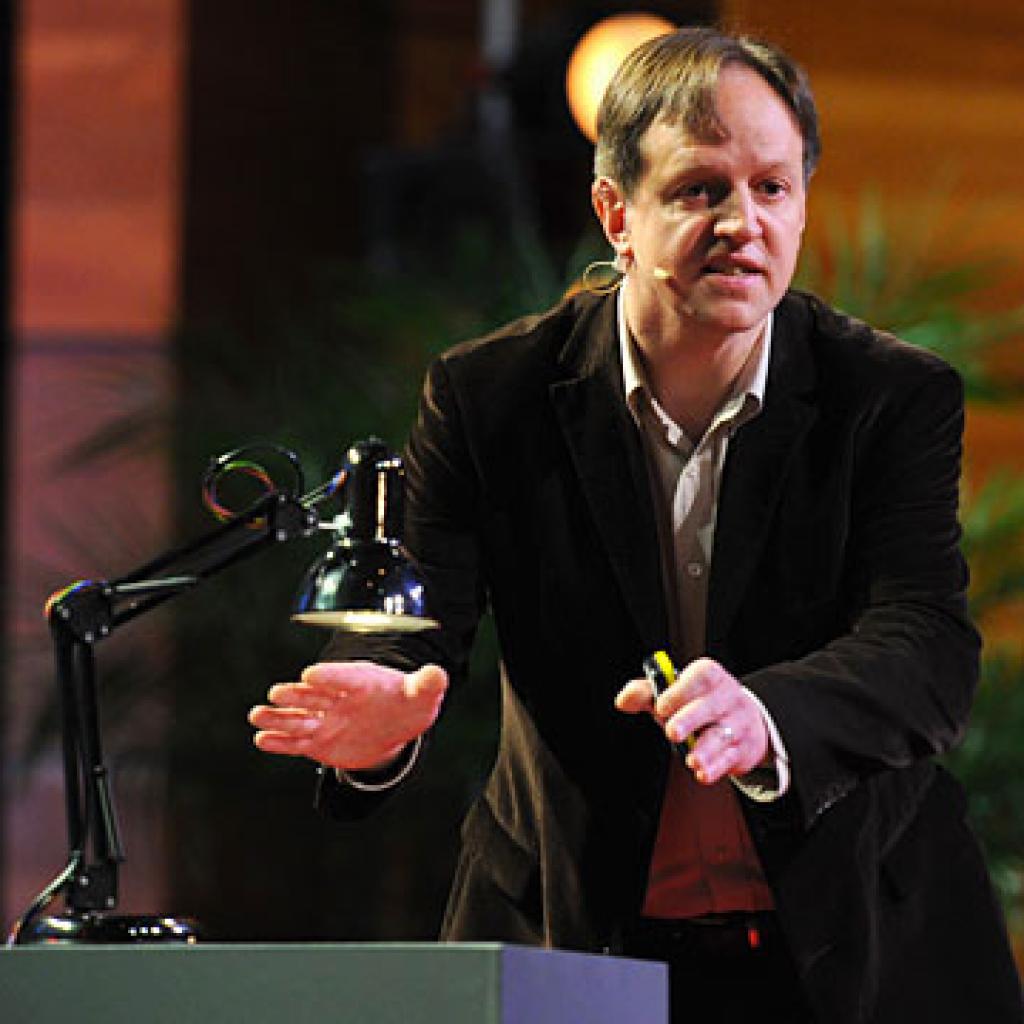When it comes to prior art searches, among the huge list of resources and strategies explored and employed during the search, searchers generally tend to give a low priority to already cited patent references.
Now, this approach is quite justifiable, as most search assignments come with a tight deadline, and why spend valuable time looking into these already cited arts, when you have a host of resources and databases to explore. Sometimes, clients also do not want you to explore these references as they consider them to be already known to them. They want you to put all the effort into identifying new references.
There are other searchers who’d tend to disagree with this, especially the ones who have had spotted convincing evidence in the already cited prior art. I, for a long time, shared the former thought process until one day I was handed a project that changed the way I view cited art.
We were working on a prior art search assignment, for one of our clients – a Telecom giant. The client’s goal was to challenge the validity of a patent, and finding convincing evidence became one of our goals.
During the search, we initially encountered a relevant reference US’894. The reference was so good, it could act as amazing prior art. So was the case, albeit US’894 was an already cited prior art. Generally, already cited Prior art does not count as convincing evidence in prior art searches, so we did not give much importance to it and continued with our search.
However, as the search progressed, we noticed that US’894 was popping up in almost every search string. There should be a reason behind the same. Our investigative instincts kicked in and we decided to dig deep on how this reference was used by the examiner during the prosecution of the subject patent.
On analyzing the prosecution history, we observed that this reference was used against Claim 10. However, it was not used against another claim – Claim 1, which was our target claim. This was surprising as the reference seemed to disclose all the elements of Claim 1. We checked the complete prosecution history to ensure that there was no discussion in regard to Claim 1.
We shared this observation with our client, who in his very words was “pretty impressed” with this insight and our approach towards search. In the court, the client was able to use this reference as convincing evidence against Claim 1, thus achieving his goal.
When it comes to searches, there are multiple approaches a searcher could adopt to find quality art. While there is no one “right” approach, I feel that it makes sense to cultivate an outlook to look into things, that people ignore just because they are outright obvious. You never know, what you might find there.
Who knew this simple sentence delivered by the Doylist protagonist had so much wisdom hidden behind it.
“The world is full of obvious things which nobody by any chance ever observes.”
– Sherlock Holmes
#StrategyShorts – Cited patent references could be used for invalidating the claims of a patent that were not targeted or discussed during the prosecution of the patent.
Authored by: Aditi Dubey, Research Analyst, Infringement Team.











